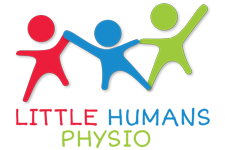Crawling
When Should Your Baby Crawl? Crawling typically occurs around 9 months of age and is the first sign that your baby is trying to move independently. Babies initially transfer from sitting to creeping on their tummies and then from sitting into a four point kneeling position. Babies need to have good head, neck, shoulder and…
